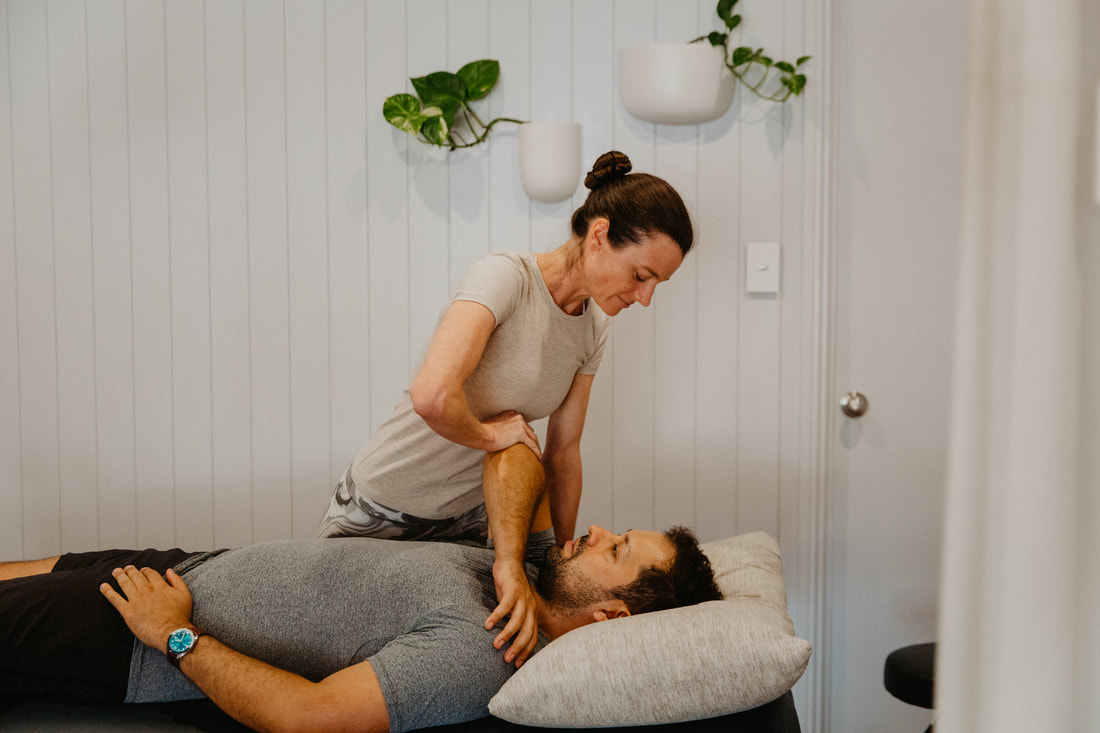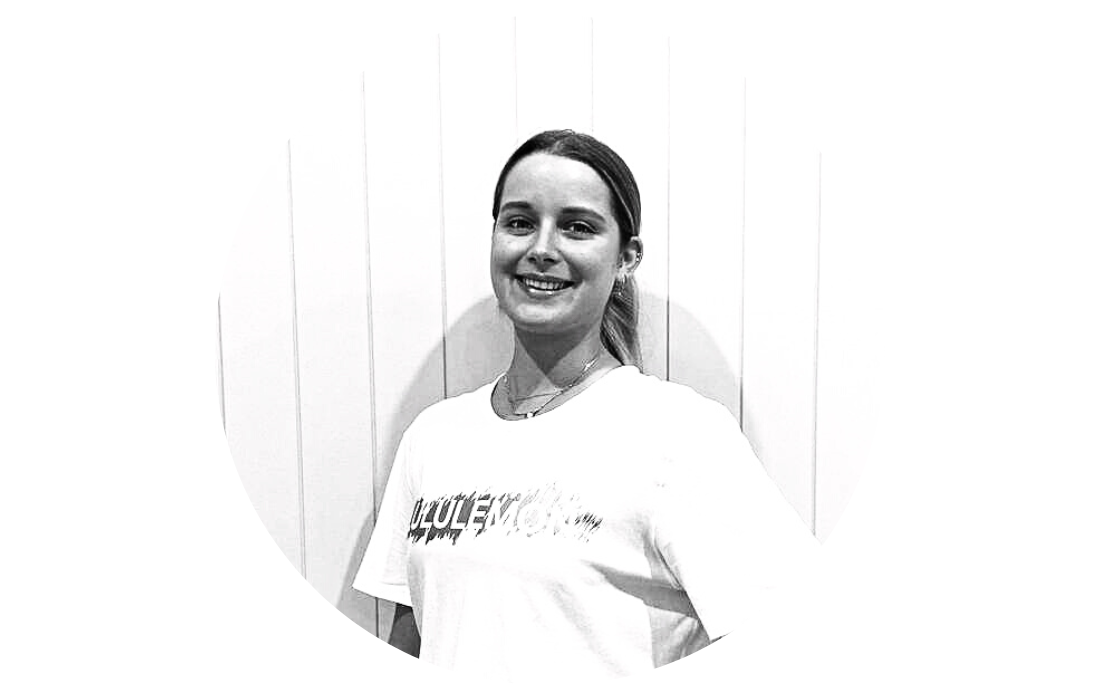Sports injury physiotherapy for pickleball.
Pickleball and the Role of a Specialised Physiotherapist
Pickleball is a paddle sport that has rapidly gained popularity across a wide demographic due to its accessibility, social nature, and the engaging blend of elements from tennis, badminton, and table tennis. Played on a badminton-sized court with a modified tennis net, a paddle, and a plastic ball with holes, pickleball can be enjoyed by individuals of all ages and skill levels. Despite being considered a low-impact sport, the quick movements, repetitive strokes, and strategic gameplay of pickleball place unique physical demands on players, leading to specific injury risks.
Key Aspects of Pickleball:
The Importance of a Physiotherapist Specialised in Pickleball:
What Are Common Injuries Among Pickleball Players?
Pickleball, known for its accessibility to players of all ages, can lead to injuries typically associated with racket sports:
How Can Pickleball Players Prevent These Injuries?
Injury prevention is crucial for maintaining longevity in pickleball:
What Physiotherapy Treatments Are Effective for Pickleball Injuries?
Physiotherapy offers a range of treatments for managing and recovering from pickleball injuries:
When Should a Pickleball Player Consult a Physiotherapist?
Seeking professional physiotherapy advice is recommended:
How Can Physiotherapy Help in Long-Term Injury Prevention for Pickleball Players?
Physiotherapy is instrumental in supporting long-term health and injury prevention:
What Recovery Strategies Should Pickleball Players Employ?
Effective recovery is key to sustaining regular pickleball activity:
If you have been injured during pickleball, there are many things that our Tarragindi physiotherapists can do to help get you back to being sport ready and active again so come in and speak to our friendly physiotherapists today! Feel free to give our Tarragindi Physiotherapy clinic a call on 07 3706 3407 or email [email protected]
Pickleball is a paddle sport that has rapidly gained popularity across a wide demographic due to its accessibility, social nature, and the engaging blend of elements from tennis, badminton, and table tennis. Played on a badminton-sized court with a modified tennis net, a paddle, and a plastic ball with holes, pickleball can be enjoyed by individuals of all ages and skill levels. Despite being considered a low-impact sport, the quick movements, repetitive strokes, and strategic gameplay of pickleball place unique physical demands on players, leading to specific injury risks.
Key Aspects of Pickleball:
- Accessibility and Social Interaction: Pickleball is easy to learn and provides a great avenue for exercise and socialising.
- Physical Demands: The sport requires agility, quick reflexes, strategic thinking, and endurance.
- Risk of Injury: While lower in impact compared to some other racket sports, pickleball players are still susceptible to a range of injuries, particularly due to overuse, improper technique, or the fast-paced nature of the game.
The Importance of a Physiotherapist Specialised in Pickleball:
- Injury Prevention and Management: A physiotherapist with knowledge of pickleball can offer tailored advice and treatment plans to prevent injuries and address any issues that arise, helping players stay on the court.
- Performance Optimisation: Through biomechanical assessments and targeted conditioning programs, a physiotherapist can help players improve their game performance while minimising the risk of injury.
- Comprehensive Support: Beyond addressing physical injuries, physiotherapists can guide pickleball players in overall physical conditioning, nutrition, recovery strategies, and mental well-being to enhance their playing experience.
What Are Common Injuries Among Pickleball Players?
Pickleball, known for its accessibility to players of all ages, can lead to injuries typically associated with racket sports:
- Rotator Cuff Injuries: From repetitive overhead serving and smashing.
- Elbow Tendinitis: Often referred to as "pickleball elbow," similar to tennis elbow, resulting from frequent wrist and arm movements.
- Knee Pain and Injuries: Including meniscus tears and patellar tendinitis, due to sudden starts, stops, and pivots.
- Ankle Sprains: From quick lateral movements and changes in direction.
- Back Pain: Resulting from bending and twisting movements during play.
How Can Pickleball Players Prevent These Injuries?
Injury prevention is crucial for maintaining longevity in pickleball:
- Proper Warm-Up and Cool-Down: Engaging in dynamic stretching before playing and static stretching afterward.
- Strength and Conditioning: Building muscular strength and endurance, particularly in the legs, core, and arms, to support the demands of the game.
- Technique Training: Learning and practicing proper technique to reduce stress on joints and muscles.
- Use of Appropriate Equipment: Choosing paddles and balls that suit one's skill level and playing style, as well as wearing shoes designed for court sports.
- Regular Rest: Allowing adequate recovery time between sessions to prevent overuse injuries.
What Physiotherapy Treatments Are Effective for Pickleball Injuries?
Physiotherapy offers a range of treatments for managing and recovering from pickleball injuries:
- Manual Therapy: Techniques such as massage, mobilisation, and manipulation to relieve pain and improve joint function.
- Exercise Prescription: Tailored exercises to strengthen weak muscles, improve flexibility, and increase joint stability.
- Pain Management: Modalities like ultrasound, TENS, ice, and heat therapy to reduce pain and inflammation.
- Biomechanical Analysis: Assessing movement patterns to identify and correct technique flaws that may contribute to injury.
- Education on Injury Prevention: Strategies to minimise the risk of recurrence, including activity modification and ergonomic advice.
When Should a Pickleball Player Consult a Physiotherapist?
Seeking professional physiotherapy advice is recommended:
- After Sustaining an Injury: To receive a diagnosis and a personalised treatment plan.
- For Chronic Pain: Especially if it limits performance or daily activities.
- To Improve Performance: Enhancing technique and physical conditioning to prevent future injuries.
- Before Starting Pickleball: Particularly for individuals with pre-existing conditions or those new to racket sports.
How Can Physiotherapy Help in Long-Term Injury Prevention for Pickleball Players?
Physiotherapy is instrumental in supporting long-term health and injury prevention:
- Developing a Comprehensive Conditioning Program: Focused on enhancing strength, flexibility, and endurance specific to pickleball.
- Ongoing Support and Education: Offering guidance on maintaining physical health, managing minor injuries, and when to seek further medical advice.
- Technique Optimisation: Working to refine playing techniques that maximise efficiency and minimise injury risk.
- Lifestyle Modifications: Advising on nutritional, sleep, and stress management practices that support overall health and athletic performance.
What Recovery Strategies Should Pickleball Players Employ?
Effective recovery is key to sustaining regular pickleball activity:
- Active Recovery: Incorporating low-intensity exercise to aid muscle recovery.
- Adequate Hydration and Nutrition: Fuelling the body with the necessary nutrients and staying hydrated to promote healing.
- Quality Sleep: Ensuring sufficient rest to support physical recovery and mental health.
- Stress Reduction Techniques: Employing mindfulness, yoga, or other relaxation methods to manage stress and enhance recovery.
If you have been injured during pickleball, there are many things that our Tarragindi physiotherapists can do to help get you back to being sport ready and active again so come in and speak to our friendly physiotherapists today! Feel free to give our Tarragindi Physiotherapy clinic a call on 07 3706 3407 or email [email protected]
Who to book in with:
Mauricio Bara
|
Zoe Harden
|
Emma Cameron
|



